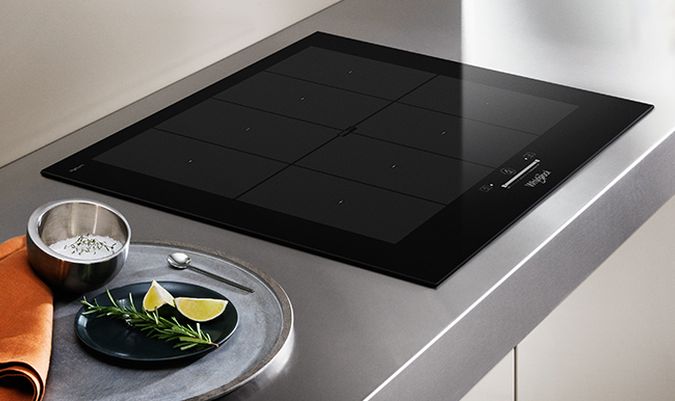As known, glass ceramics appeared in the middle of the last century. It was originally used to make mirrors for astronomical telescopes. Companies began to actively use this material for the manufacture of hobs only after 20 years.
The process of making glass ceramics for hobs involves several steps. Initially, drawings and patterns are applied to glass plates of a certain shape and size with a thickness of several millimeters. Thus, the drawing is not on the surface of the panel, but inside its layer. In terms of physics, the process of applying decor is the diffusion of colored material into glass at the molecular level. Of course, this reliably protects the drawing from quick erasure due to mechanical effects.
Then, manufacturers subject these panels to the process of ceramization, processing the glass with crystals at a temperature of more than +900 ° C. The addition of special crystals compensates for the expansion of the glass when heated and is a technological secret of the company. As a result, glass ceramics has a very low coefficient of thermal expansion.
Glass ceramics is resistant to high temperatures and is easy to withstand even very fast heating up to 600 ° C. This material conducts heat well in one direction, but very bad – in perpendicular direction to it due to the anisotropic thermal conductivity. As a result, the surface next to the hot burner remains cold, which reliably protects a person from an accidental burn.
Design
The practicality and stylish design of glass-ceramic hobs ensures a steady increase in their popularity. They fit perfectly into the interior of almost any kitchen, actually performing an additional decorative function. Therefore, the leaders of this segment use the decorative potential of glass-ceramic to increase the competitiveness of their models. For example, many Hansa models have very original drawings.
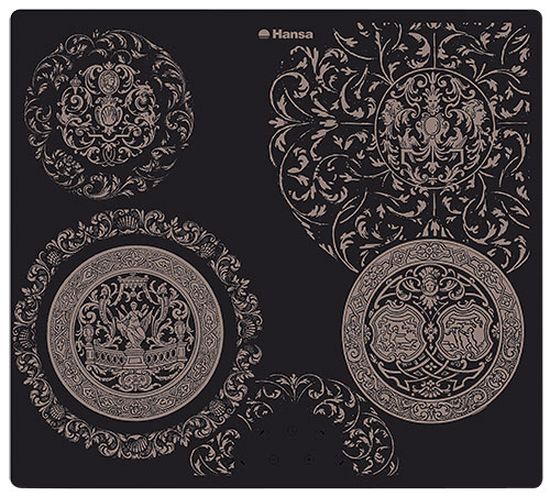
Kuppersbusch offers hexagonal models.
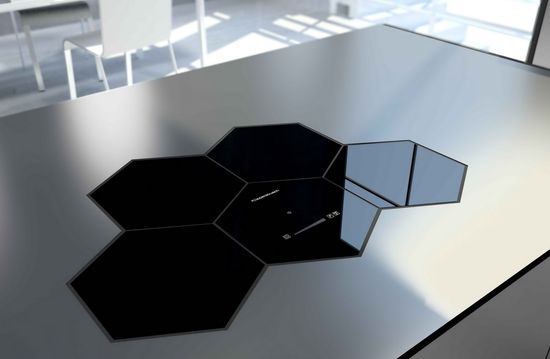
Smooth lines of Teka hobs in the form of a boomerang also give the interior an additional sophistication.
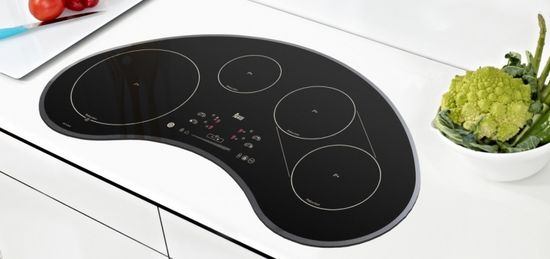
Features
But the care of a glass-ceramic cooktop has certain features, accounting for which will allow you to enjoy its exquisite design for as long as possible.
1 High-sugar foods, including jam, syrup, etc may damage the surface. Cleaning such contaminants is difficult and often leaves stains on the surface due to the similarity of the crystal lattices of sugar and glass ceramics. Sugar during cooling and congealing is caramelized on glass ceramics. As a result, it diffuses into the surface and paints it, forming spots.
2 Cold water on a hot glass-ceramic surface may form unaesthetic streaks due to a sharp temperature drop, which provokes the formation of microcracks. This situation often arises, for example, when placed a cookware with a wet bottom on the very hot hob.
3 Glass ceramics has high mechanical strength and easily withstands the weight of even very heavy pans. It can withstand static loads up to 1 atm. For comparison, a jet of water with a pressure of 0.75 atm knocks a person down. But glass ceramics is sensitive to a point mechanical effect due to glass brittleness. Salt or fine grains under the cookware bottom, the falling down knife, a light blow with the edge of the pan can easily scratch the surface or even break off its fragment. For this reason, companies categorically do not recommend the use of metal sponges and abrasive cleaners to clean them.
4 Turning on the burner without cookware activates thermal protection. But the cookware with smaller diameter or not in the center of the burner blocks its activation, leaving part of the burner surface without load. Respectively, this zone will overheat. Of course, it will not spoil the surface, but constant overheating will shorten its service life.
Requirements for cookware
Today, user and expert opinions vary widely. For example, many do not recommend using aluminum cookware. But this aspect contains several general recommendations:
– cookware should have a flat even bottom for a snug fit to the hob, providing optimal heat exchange between them. Air significantly reduces it, causing overheating and reduction in service life;
– matte and dark bottom has a minimum reflection coefficient and provides maximum heat transfer;
– temperature deformation of the cookware bottom is inversely proportional to its thickness. Therefore, cookware with a thick bottom is preferable;
– the bottom diameter should be not less than the burner diameter to prevent overheating its unloaded part;
– relatively soft aluminum and copper bottom without coating interacts with the glass-ceramic surface, leaving traces on it. Therefore, it must be painted or steel coated.
However, today most companies label their cookware with the appropriate symbols.
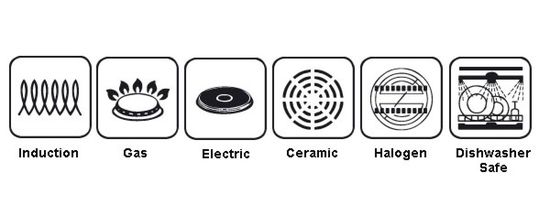
Recommendations for hobs cleaning do not contain special requirements, except for the ban on metal sponges and abrasive cleaners. Today, the market offers an abundant variety of care products, including special scrapers and cleaners.
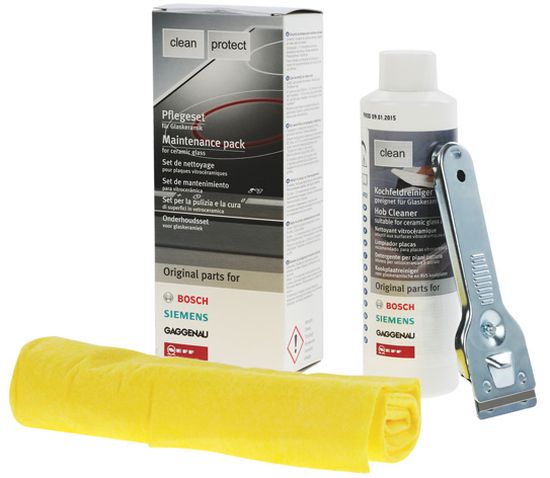
In addition, YouTube offers a variety of video clips with step-by-step cleaning instructions. This video also demonstrates proper cleaning.
